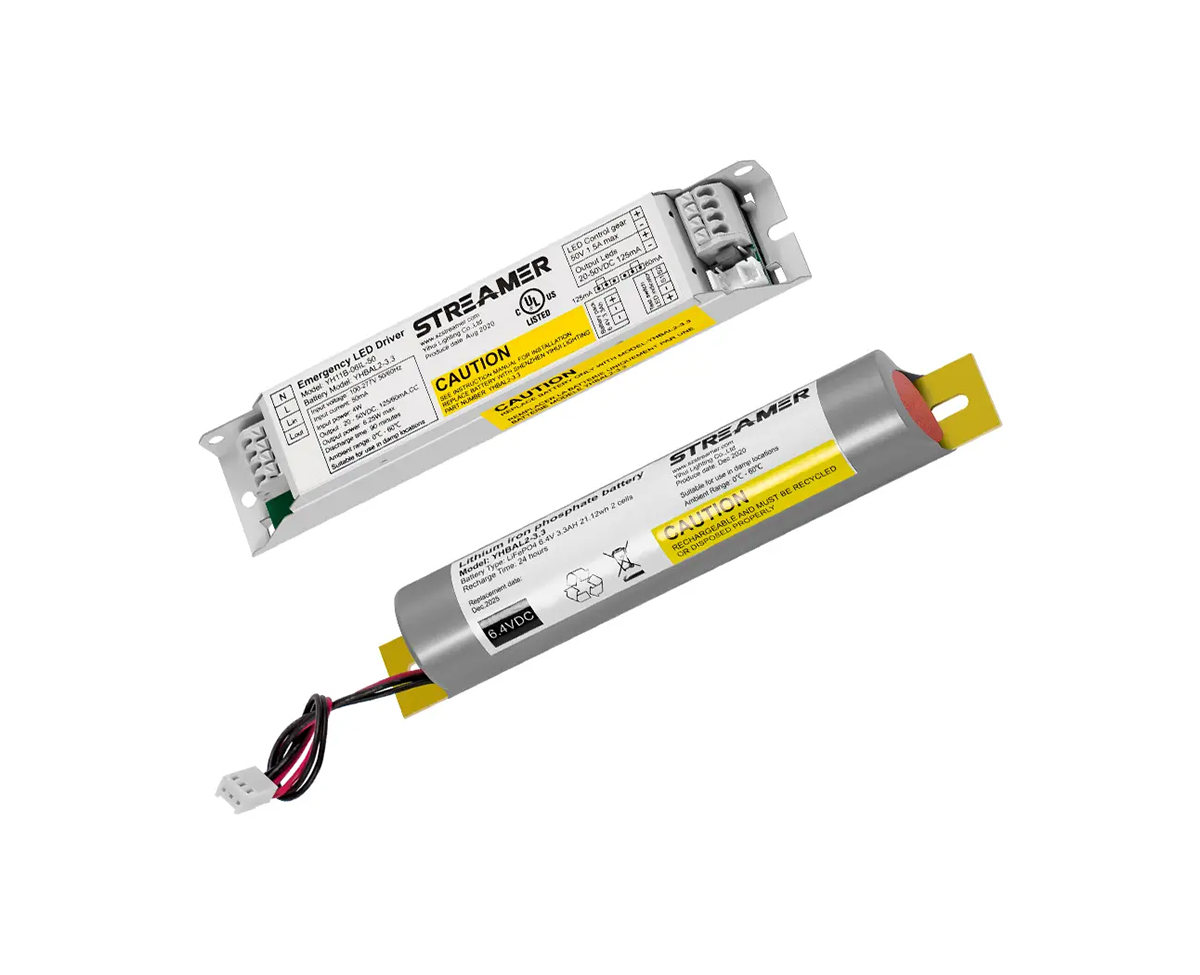 1
1
 Jun 06, 2025
Jun 06, 2025

Electro - hydraulic emergency drivers combine the advantages of electrical control and hydraulic power transmission, providing a reliable and powerful solution for emergency situations. These drivers consist of an electrical control system, a hydraulic pump, hydraulic cylinders, and various hydraulic valves.
The electrical control system serves as the “brain” of the electro - hydraulic emergency driver. It receives input signals from sensors or control panels, processes these signals, and then sends commands to the hydraulic components. For example, in the event of a power failure or an emergency stop signal, the electrical control system can quickly activate the emergency driver. It controls the operation of the hydraulic pump, which is usually an electric - motor - driven pump. The pump draws hydraulic fluid from a reservoir and pressurizes it, generating the hydraulic power required for the operation of the driver.
The hydraulic cylinders are the actuators of the electro - hydraulic emergency driver. They convert the hydraulic energy into mechanical force and motion. Depending on the application, different types of hydraulic cylinders, such as single - acting or double - acting cylinders, can be used. For instance, in an emergency door - opening system, a double - acting hydraulic cylinder can be employed to push and pull the door, ensuring a reliable and rapid opening operation. The movement and force of the hydraulic cylinder are precisely controlled by hydraulic valves.
Hydraulic valves play a vital role in regulating the flow, pressure, and direction of the hydraulic fluid. Direction - control valves are used to change the direction of fluid flow, thereby controlling the movement direction of the hydraulic cylinder. Pressure - control valves, such as relief valves, are used to limit the maximum pressure in the hydraulic system, protecting the components from overpressure damage. Flow - control valves are used to adjust the flow rate of the hydraulic fluid, which in turn controls the speed of the hydraulic cylinder.
Electro - hydraulic emergency drivers offer several advantages. They can generate high force and torque, making them suitable for heavy - duty emergency applications. The electrical control system provides precise control, enabling accurate positioning and operation. Moreover, the hydraulic system has good shock - absorption characteristics, which can protect the driver and the driven equipment from sudden impacts during emergency operations. Additionally, electro - hydraulic emergency drivers can be designed to be compact and lightweight, while still providing high - performance operation, making them ideal for a wide range of emergency - response scenarios.